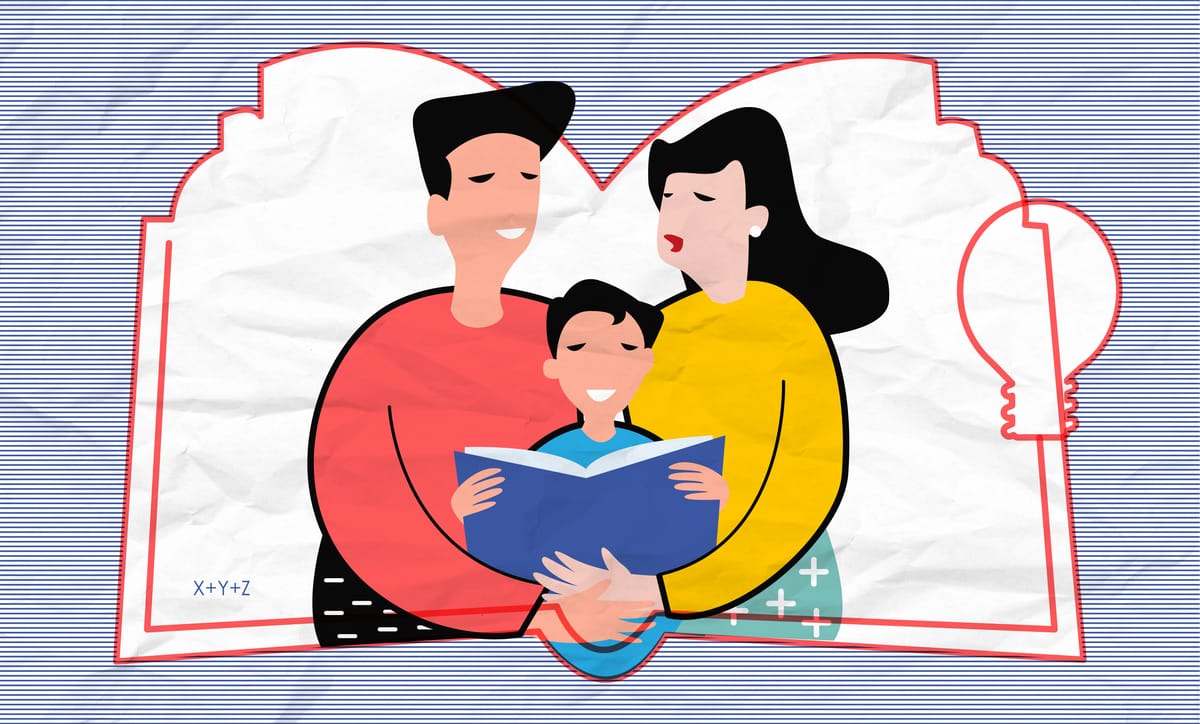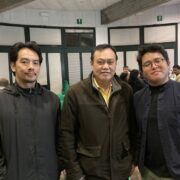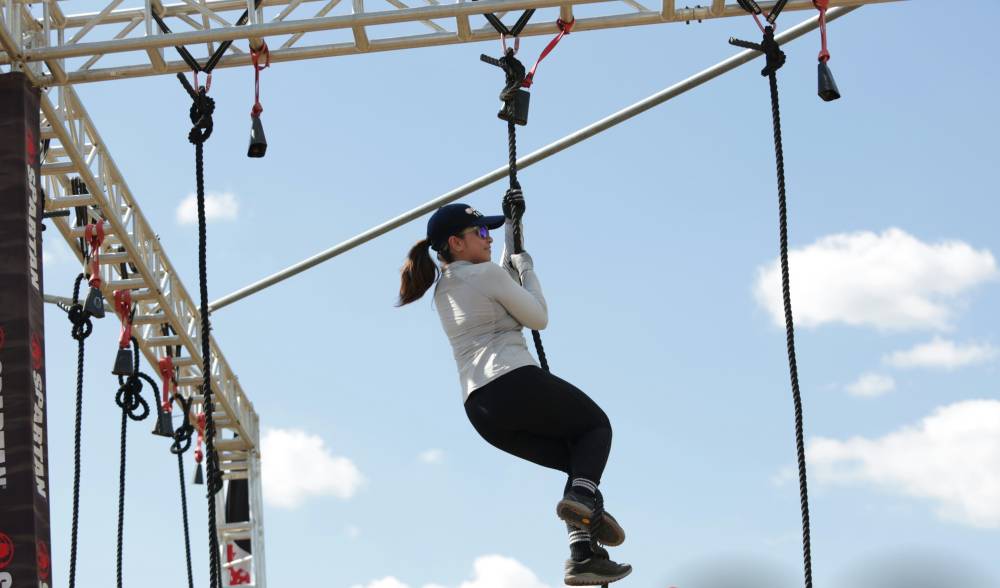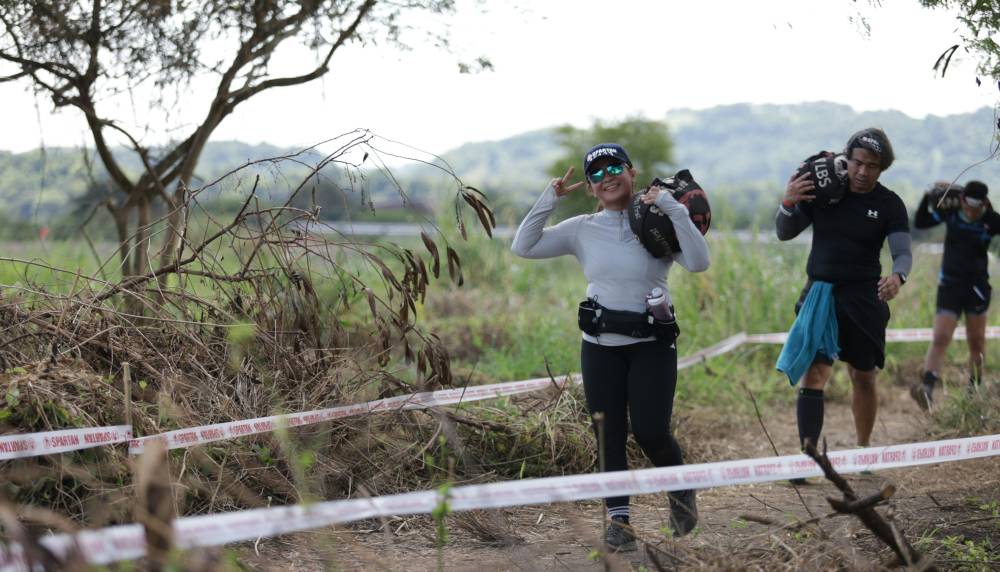
Every morning, as I squeeze into a packed jeepney, I always pass by the same small city chapel that has become a silent witness to the rhythm of life and death.
It’s a quaint, unassuming place situated amidst the busy streets and constant rush of commuters. It’s easy to overlook at first as it’s wedged between busy shops and nearby buildings. But there’s something about it that stands out in a daily rush. Every time I glance up, without fail, there’s a wake happening inside. It doesn’t matter if it’s Monday or Friday, rain or shine—there’s always someone being mourned there. At first, I thought it was just a fluke, maybe a wake here and there. But after months of daily commute, it has become a constant part of my route.
That chapel, with its dimly lit interior and quiet sorrow, has become a strange companion to my mornings, reminding me that death is always just around the corner, even in the middle of the hustle and bustle of life. I’ve never known the people inside those wakes. I’ve never heard their stories or witnessed the grief of their loved ones. But the sight of the chapel with its solemn procession stays with me long after I’ve passed. What strikes me the most is not the death itself, but the certainty of its presence—no matter how I look into the future, death always seems to be just beyond the horizon.
There is something almost comforting in the predictable nature of death. Death isn’t inherently terrifying when faced in a certain way. It’s a part of life, a natural process, an end to the struggles and sufferings we often face in the world. We all know that one day, our time will come, and that in itself is not so scary. But what is truly unsettling is the uncertainty that surrounds it. We do not know how it will come. We do not know when. The randomness of it, the fact that it can happen at any moment—whether we are ready or not—is what makes it terrifying.
Every morning, as I pass that chapel, I am reminded that death does not wait for the right moment. It doesn’t care whether we’ve lived a full life or still have so much to accomplish. It comes unannounced, often when we least expect it, and sometimes before we even feel we have fully lived. This uncertainty is the true source of fear. The wake I pass each day is a reminder of the fragility of life, a subtle nudge to live fully, and to cherish the moments we have.
The uncertainty of death forces us to confront the fact that our time is finite. We often live our lives as if we have forever—putting off dreams, procrastinating on important conversations, letting relationships slip into neglect. But death, with all its unpredictability, calls us to be present, to make choices, to love without hesitation, to create meaning in every moment. It whispers in the background of our lives, urging us to be aware of our time and to spend every bit of it wisely.
Yet, despite this awareness, we continue to live in a paradox: we fear death’s unpredictability, but we also long for its certainty. We seek answers to questions we can never fully understand. We crave control over something that, by its nature, is uncontrollable. In many ways, this I believe is the human condition—to live with the knowledge that we are constantly moving toward an end, yet never truly know when that end will come.
Passing the chapel every day has changed the way I think about life and death. I’ve come to understand that it isn’t death that should paralyze us with fear, but rather the fact that we are given no guarantees. The fact that we don’t know when and how it will arrive reminds us to recognize the impermanence of our world, and in doing so, perhaps it gives us a deeper appreciation for the beauty of life.
Perhaps the true terror of death is not that it will take us, but that we may never truly understand how or when. And so, we are left to make peace with this uncertainty, to accept that it is a part of human existence. As I go past that chapel each day, I’m reminded not just of the lives that have passed, but of the lives still in motion—of my own life, of the choices I make, and of the time I have left.
In a world that often feels consumed by the hustle and grind, it is to forget that life is not infinite. Death’s presence reminds me to stay grounded in the now, to live in the moments that truly matter, and to embrace the mystery that life and death together create. For it is not the certainty of death that should worry us; but the uncertainty of its timing that encourages us to live fully, to seize each day, and to be grateful for the chance to make our lives meaningful before the clock runs out.
—————-
Kateleen Joyce L. Malijan, 17, is a campus journalist and a humanities and social sciences student at St. John Academy of Visual and Performing Arts.



















